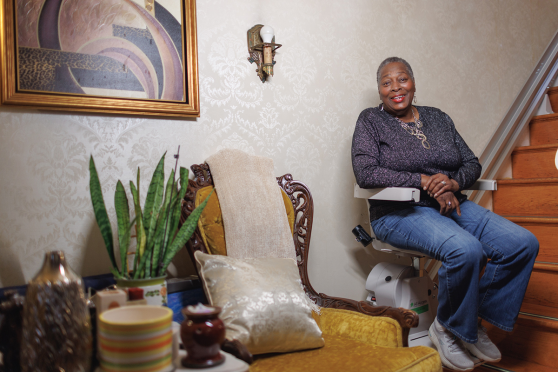Bye-Bye, Blues!
Ways to beat winter SADness

As the amount of sunshine and warmth in our days gets shorter, our hormones shift as well. This can trigger a lower mood (often called “winter blues”). In medical terms, this is known as seasonal affective disorder (SAD), and it is a type of clinical depression. About ten million Americans experience this condition to differing degrees.
What does SAD feel like? SAD has many symptoms, including feelings of sadness, hopelessness, and helplessness. SAD can affect your relationships, work, self-care, and exercise routine, so it’s important to take action.
How long does SAD last? Generally, SAD emerges in fall and winter, then disappears by spring. Some may feel symptoms for weeks or even months.
Who should I talk to about SAD? If you suspect you have SAD, talk to your primary care provider. They can recommend treatment.
How do doctors treat SAD? Your doctor should discuss the different treatment options available to you. These may include light therapy, psychotherapy, or medications.
What can I do on my own? In addition to treatment, stick with a healthy routine. Engage in exercise, favorite hobbies, visits with friends, volunteering, and other meaningful activities.



